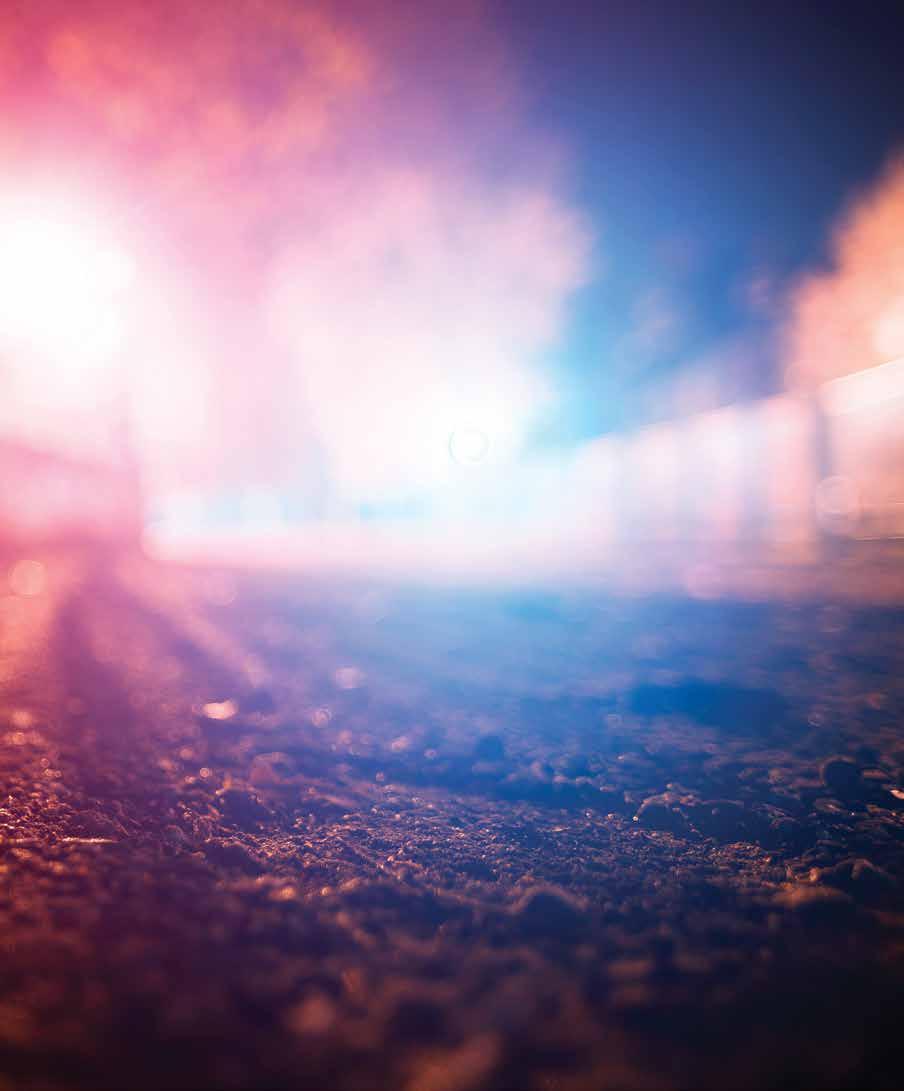
1 minute read
The Modern World
shows that, among youths trafficked in Milwaukee, 97% were known to last reside in Wisconsin, and 88% lived in the City of Milwaukee itself. In Milwaukee, a majority of the identified victims were trafficked in just six zip codes, including 53206, which has more than 95% of black residents.
Black and Hispanic neighborhoods have a higher number of trafficked residents. However, that is not to say that only these areas are at risk: The study identified that certain areas “have characteristics that allow trafficking to flourish.” For instance, the zip code 53207 had a cluster of cases where the victims were trafficked away from their area of residence. The researchers offer the explanation that “proximity to the airport and I-94 make it easy to get in and out of these neighborhoods.”
Advertisement
“Human trafficking happens in all 72 of Wisconsin counties,” Karshen says. “It happens all over the United States, whether people want to admit it or not, but Milwaukee is absolutely a hotspot for human trafficking. That is based on two things, in my opinion: One is the geographical location; we're 90 miles from Chicago, or two hours from the Dells, and once you go to the Dells, you can go right to Minneapolis and then to North Dakota. That is kind of a super-highway for human trafficking because there are a lot of people working there away from their families. The second part is that human trafficking is something that has just been around for so long that it is embedded in our community.”
Continued Next Month In the December edition of the Shepherd Express magazine, find out what we can do about human trafficking.
Jean-Gabriel Fernandez is a French journalist and graduate from La Sorbonne University. He writes about politics, cannabis and Milwaukee’s rich culture.











